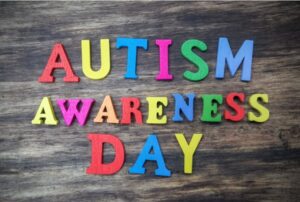Flu and the common cold both fall under upper respiratory infections (URIs), and both are caused by viruses. Sometimes they can cause similar symptoms, so it is not easy to differentiate between them when you encounter one. Here are several aspects that can help you easily determine which type of illness your child has:
Different Pathogens:
The common cold is a common viral respiratory infection caused by various viruses. Current research suggests that over 200 different viruses can cause the common cold, with rhinoviruses being the most common, accounting for about 30 to 80% of cases. Flu, on the other hand, is an acute respiratory infection caused by the influenza virus, which is highly contagious and spreads rapidly. The common types of Flu viruses are A, B, and C.
Different Symptoms:
Flu symptoms are often more severe than those of the common cold. Therefore, assessing the severity of symptoms can help determine whether the infection is more likely caused by a cold or influenza. The following table will help you distinguish between the types of cold your child may have:
| Symptoms | Common Cold | Influenza |
| Headache | Common | Common |
| Cough | Sometimes | Common |
| Muscle Aches | Sometimes | Common |
| Fatigue | Common | Common |
| Sore Throat | Common | Common |
| Runny or Stuffy Nose | Sometimes | Common |
| Fever | Never | Common |
| Nausea or Vomiting | Never | Sometimes |
| Diarrhea | Rare | Sometimes |
| Shortness of Breath or Difficulty Breathing | Sometimes (often accompanied by nasal congestion) | Common |
| New Loss of Taste or Smell | Common | Rare |
Differences in Infectivity:
The common cold can occur throughout the year, with higher incidence rates in winter and spring. It does not have the characteristic of major outbreaks, but children are more likely to be affected, with an average of 6 to 8 episodes per year. Generally, colds are triggered by exposure to cold, rain, or excessive fatigue, leading to a weakened immune system. Recovery usually takes about 5-7 days.
Flu typically occurs in late autumn and winter. The flu virus easily mutates and spreads rapidly, causing seasonal outbreaks each year. The virus can spread through respiratory droplets and contact transmission. Infected individuals can transmit the virus to others through coughing or sneezing, and outbreaks can occur in places where people gather, such as schools and childcare facilities. The duration of the outbreak is longer, typically lasting 1-2 weeks.
Differences in Immunity After Recovery:
The common cold is caused by multiple pathogens, and immunity after infection is not long-lasting, so children can repeatedly catch colds in a short period.
Flu can provide long-lasting immunity after recovery, so children are less likely to contract influenza repeatedly in a short period.
Although both the common cold and flu are common, it's important to pay close attention to your child's symptoms during recovery. If you feel that your symptoms are worsening, such as high fever persisting, difficulty breathing, or severe chest pain, it is advisable to seek medical attention promptly.
References: Healthwise, Vicks, MFMER








